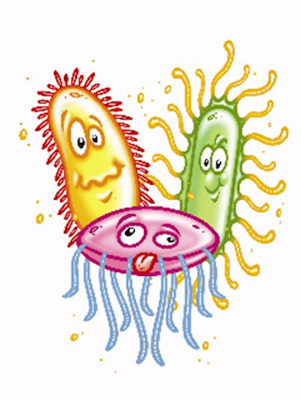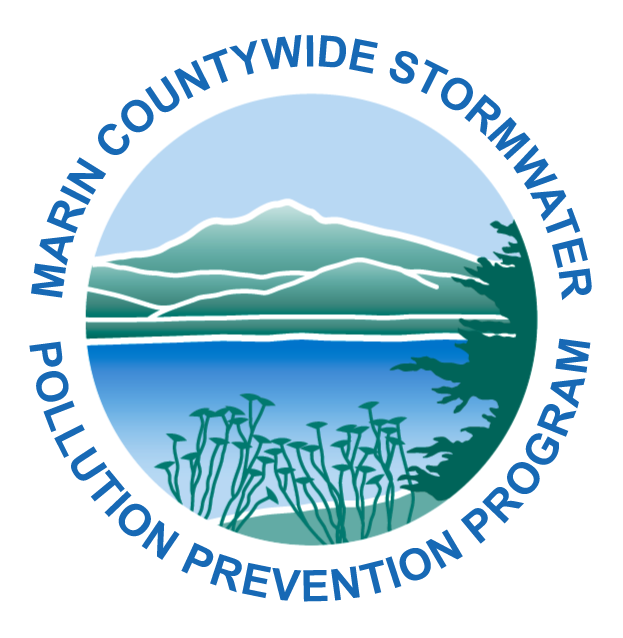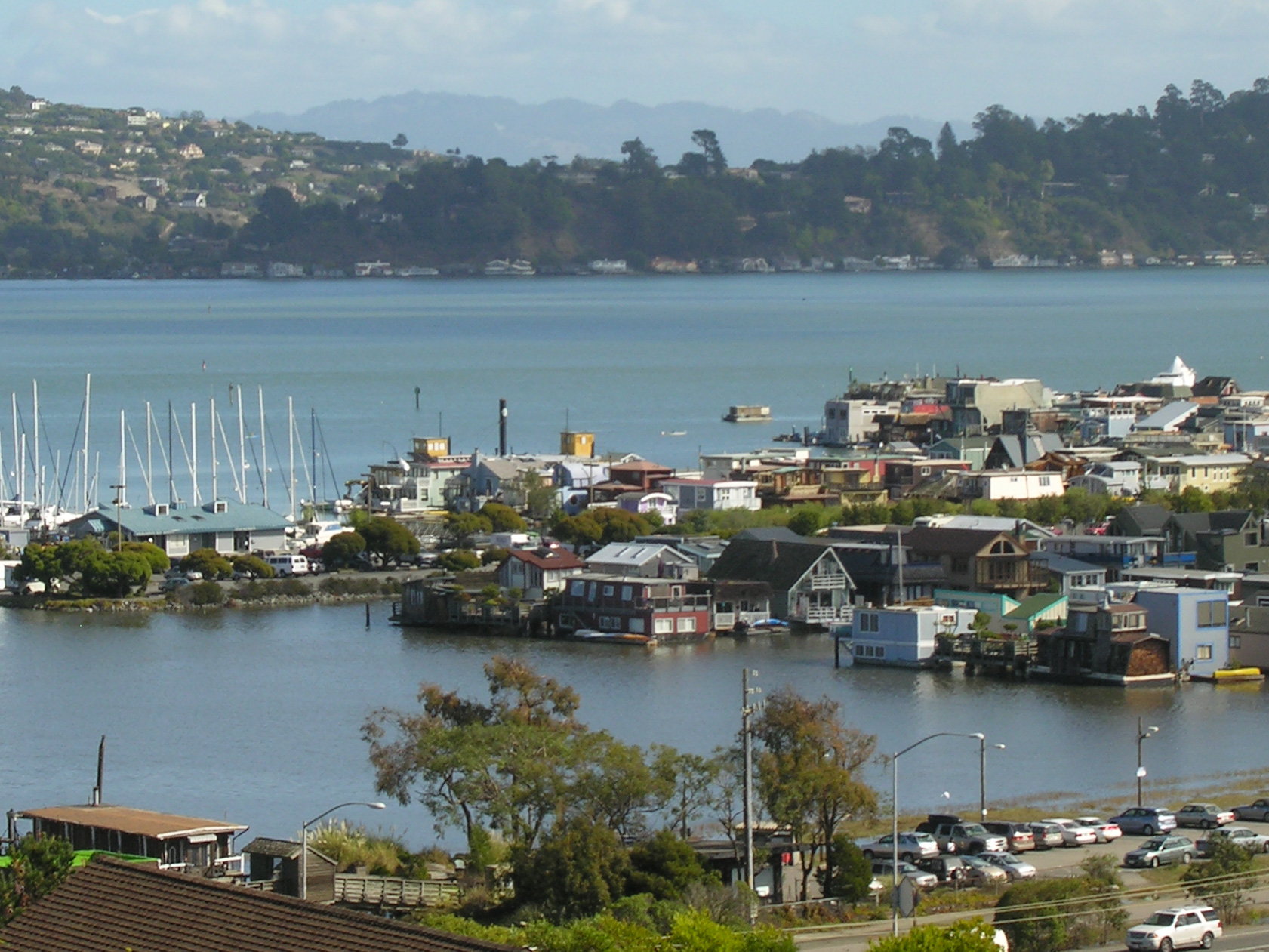Reducing Marin’s Priority Pollutants To Improve Water Quality
When a specific creek or bay is impaired by a priority pollutant and doesn’t meet State Water Resources Control Board (SWRCB) and EPA water quality standards, that water body can be assigned additional requirements that need to be met to limit the amount of the pollutant. These requirements are called Total Maximum Daily Loads (TMDLs) and there are TMDLs for sediment, pathogens, pesticides, Mercury, and PCB’s in Marin.
The SWRCB can similarly add an amendment with new requirements directly to all municipal stormwater permits for a priority pollutant that impacts water quality statewide. They are currently in the process of doing this for trash.
Special protections are also assigned for coastal State designated Areas of Special Biological Significance (ASBS). The tidal shoreline off the Bolinas Mesa is home to the Duxbury Reef ASBS which is recognized for it’s particular biological communities, that because of their value and fragility, need special protections to preserve and maintain natural water quality conditions from all pollutants. Learn more about Duxbury Reef ASBS.
MCSTOPPP assists Marin’s 11 municipalities and the county in developing and implementing plans and programs to address all of these pollutant issues.
 Erosion is caused by wind, rain, and wear detaching soil particles where they can then be transported as sediment. While erosion and sediment transport is a natural process that is a vital part of the natural stream process, excess erosion and sediment transport from human activities can not only be very damaging to our creeks and wildlife but also clog storm drains, cause localized flooding, and restrict creek channels.
Erosion is caused by wind, rain, and wear detaching soil particles where they can then be transported as sediment. While erosion and sediment transport is a natural process that is a vital part of the natural stream process, excess erosion and sediment transport from human activities can not only be very damaging to our creeks and wildlife but also clog storm drains, cause localized flooding, and restrict creek channels.
Many pollutants such as heavy metals, pesticides, PAH’s, and detergents bind to soil particles so sediment coming from the urban environment also carries many additional pollutants into our creeks, bays, and ocean. These pollutants are toxic to aquatic life and can remain in our waterways for decades.
 Trash isn’t just a problem, it’s an ongoing social epidemic that is polluting our waterways. In an effort to combat this problem the EPA developed trash reduction requirements that would need to be implemented through municipal stormwater permits.
Trash isn’t just a problem, it’s an ongoing social epidemic that is polluting our waterways. In an effort to combat this problem the EPA developed trash reduction requirements that would need to be implemented through municipal stormwater permits.
In California the Regional Water Quality Control Boards have been adding these requirements into regional stormwater permit renewals for large cities and urban areas (Los Angeles, San Diego, and the greater San Francisco Bay Area) over the last 10 years.
The State Water Board will now be adding these requirements into the statewide stormwater permit for all of the smaller municipalities (including here in Marin) when they reissue them in 2025 or 2026.
In 2016 MCSTOPPP began working with our municipalities and developing regional partnerships to better prepare for this very large and expensive new program.
 As well as being a countywide issue, Richardson Bay in East Marin and Tomales Bay in West Marin are both regulated under TMDLs for excessive levels of pathogens that cause water quality impairments.
As well as being a countywide issue, Richardson Bay in East Marin and Tomales Bay in West Marin are both regulated under TMDLs for excessive levels of pathogens that cause water quality impairments.
Pathogens at elevated levels can pose health risks to humans and aquatic life alike.
Read more about what pathogens are, their potential sources, and what can be done to keep them out of our waterways, improve water quality, and keep our bays safe and clean.
 Pesticides are a statewide water quality issue. Where there is urban development and agriculture, there are pesticide toxicity issues in the waterways. That is why Marin County is under the same Urban Creek Diazinon & Pesticide Toxicity Total Maximum Daily Load (TMDL) as the entire San Francisco Bay Area.
Pesticides are a statewide water quality issue. Where there is urban development and agriculture, there are pesticide toxicity issues in the waterways. That is why Marin County is under the same Urban Creek Diazinon & Pesticide Toxicity Total Maximum Daily Load (TMDL) as the entire San Francisco Bay Area.
MCSTOPPP works with programs such as Our Water Our World and the Marin County Pesticide Reduction Outreach Campaign to promote the use of less toxic pesticides and the overall reduction of pesticide use in Marin. In addition, each municipality and the County implement Integrated Pest Management (IPM) Programs to reduce pesticide use in their municipal operations.
MCSTOPPP also partnered with the City of Petaluma to develop and implement a regional pesticide monitoring program to determine if pesticides were present, and if so, which pesticides and at what levels.
If you have pesticides you no longer use, take them to your local household hazardous waste facility. In California it’s illegal to dispose of any amount of unused pesticide (or any hazardous waste) in the trash, in spite of what the label may say. You may dispose of empty pesticide containers in the trash if they are five gallons or less in capacity. When you have used up the pesticide, rinse the container three times, each time pouring the rinse water on the plant you bought the pesticide for. Then put the rinsed container in the trash. Water used to rinse out a sprayer or applicator should be applied like the pesticide.
Never dispose of pesticide rinse water in any indoor or outdoor drain or in the gutter!

There are two separate Mercury TMDLs in Marin. The East Marin corridor is subject to the San Francisco Bay Mercury TMDL, and in West Marin the Walker Creek Mercury TMDL covers the Walker Creek and Soulajule Reservoir watersheds.
Mercury accumulates in aquatic species over time. Based on what they eat and how long they live, certain fish and shellfish species will accumulate higher concentrations than others and can reach unsafe levels for human consumption. See the tab below for safe seafood consumption guidelines.

San Francisco Bay PCBs TMDL Project
High levels of Polychlorinated biphenyls (PCBs) in San Francisco Bay fish prompted state health officials to advise the public to limit their consumption of Bay fish, beginning in the mid-1990s. PCBs also harm fish and other wildlife in the Bay. In 2008, the San Francisco Bay Regional Water Quality Control Board adopted a clean water action plan (a TMDL) for PCBs in the Bay. This plan requires municipalities, industry, and others to take action to reduce PCBs in the Bay.



